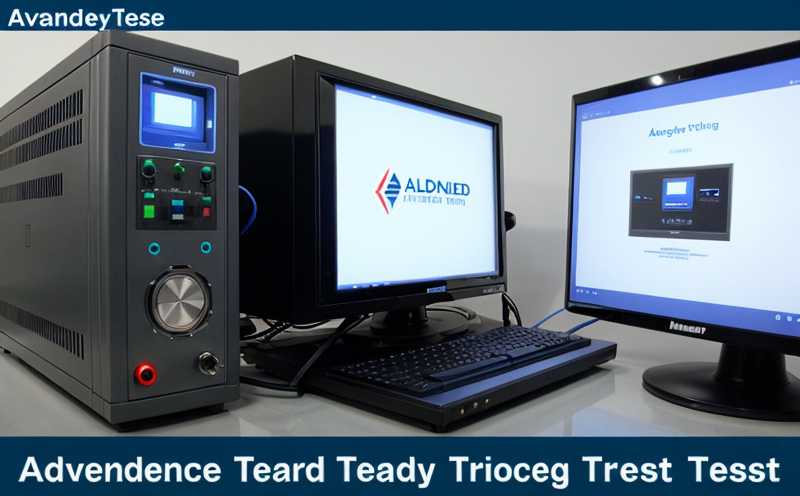JEDEC JEP143 Failure Mechanisms in Advanced Processes Testing
The JEDEC Standard JEP143, “Failure Mechanisms in Advanced Processes,” is a critical tool for the semiconductor and microchip industry. This standard provides a comprehensive framework to identify, analyze, and mitigate potential failures that can occur during various stages of advanced manufacturing processes. It aims to ensure robust quality control measures are implemented at every stage of production.
The primary focus of JEP143 is on failure modes such as electromigration (EM), diffusion, and stress migration. These phenomena become increasingly significant with the miniaturization of semiconductors and microchips. EM involves the movement of metal ions within a conductor due to high current density, while diffusion refers to the spread of dopants or impurities across the material boundaries. Stress migration is caused by mechanical stresses that lead to intermetallic compound formation in the conductive paths.
The standard outlines rigorous testing procedures designed to simulate real-world operating conditions and stress levels faced by advanced semiconductor devices. This includes high-temperature tests, accelerated life cycle simulations, and electrical overstress evaluations. By adhering to these protocols, manufacturers can pinpoint weak points early in the development process, thereby improving product reliability.
Testing under JEP143 typically involves sophisticated equipment like scanning electron microscopes (SEM), transmission electron microscopes (TEM), and cross-sectional analysis tools. These instruments allow for detailed inspection of cross-sections to observe internal structures at an atomic level. Additionally, specialized software packages are used to analyze data obtained from these tests, providing insights into the mechanisms responsible for observed failures.
Compliance with JEP143 not only enhances product quality but also supports regulatory compliance requirements set forth by various standards bodies like ISO and ASTM. For example, compliance ensures that products meet stringent reliability criteria outlined in IEC 62368-1, which covers safety aspects of information technology equipment.
Implementing JEP143 in your manufacturing process requires careful planning and coordination between different departments within an organization. Quality assurance teams must work closely with R&D engineers to ensure that all relevant failure mechanisms are considered during design stages. Similarly, procurement personnel play a crucial role by selecting appropriate materials based on their compatibility with the standard’s requirements.
In conclusion, adherence to JEDEC JEP143 Failure Mechanisms in Advanced Processes Testing is essential for maintaining high standards of semiconductor and microchip quality worldwide. It helps manufacturers identify potential issues early in production cycles, ensuring they deliver reliable products that meet both internal specifications and external regulatory demands.
Applied Standards
The JEDEC JEP143 standard is widely recognized within the electronics industry for its role in addressing reliability challenges associated with advanced semiconductor manufacturing processes. It aligns closely with other internationally accepted standards such as ISO 9001, which focuses on quality management systems, and ASTM E746-20, which specifies methods for evaluating microstructure changes during thermal cycling.
By incorporating JEP143 into their workflows, companies can ensure they are meeting the highest levels of industry best practices. This alignment with global standards fosters consistency across various geographical regions, promoting seamless integration between suppliers and customers worldwide.
- ISO 9001: Ensures consistent quality through systematic processes.
- ASTM E746-20: Provides methods for assessing microstructural changes under thermal stress.
The combination of these standards ensures that semiconductor manufacturers are not only adhering to local regulations but also meeting international expectations, thereby enhancing their global competitiveness.
International Acceptance and Recognition
JEDEC JEP143 has gained significant acceptance across numerous countries due to its effectiveness in addressing complex reliability issues encountered during advanced semiconductor manufacturing. Many leading electronics manufacturers around the world have adopted this standard as part of their quality assurance programs.
In Europe, for instance, companies operating under EN 6092-17:2015 must adhere strictly to similar principles regarding failure mechanisms in electronic components. Similarly, Asian markets like China and Japan, which are major players in the semiconductor industry, have incorporated JEP143 into their own national standards.
The widespread adoption of this standard reflects its importance in ensuring product reliability across diverse environments. Manufacturers who follow JEP143 can expect to see improvements not only in terms of performance but also in customer satisfaction and brand reputation.
Use Cases and Application Examples
- High-Performance Computing: Ensuring processors withstand high operational temperatures without degrading performance over time.
- Telecommunications: Developing reliable microchips that can operate efficiently in demanding network environments.
- Automotive Electronics: Creating chips capable of functioning safely and reliably under harsh driving conditions.
The diverse applications highlight the versatility of JEP143 in addressing reliability challenges across various industries. By incorporating this standard into their workflows, manufacturers can ensure they are meeting stringent quality standards while staying competitive in a rapidly evolving market.





